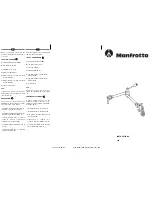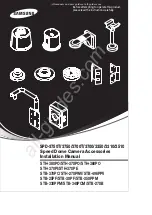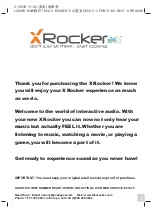
Using a helmet drastically reduces the possibility of serious injury in the event of an accident. However, no
helmet can protect the wearer against every type of impact.
Always wear your helmet correctly fastened (Highway Code). Helmets do not have an expiry date, but they
should be replaced after five years of regular use.
CHOOSING AND BUYING A HELMET
Helmets are not all the same but, like motorbikes, they are divided into different categories according to
their use: there are helmets for tourism, for the city, for off-road use, each with their own specific features.
You should, therefore, choose your helmet according to how it will be used and the type of motorbike that
you ride. Compared to the open face/semi-open face style helmet, the full face helmet guarantees
protection of the chin area. When you buy a helmet, the most important thing is to choose the right size:
measure the circumference of your head with a tape-measure to find out your correct size. If you have
never bought a helmet before, you probably don't know what size you take. Don't rush into buying a helmet,
try on several models, bearing in mind the following points:
1.
The helmet should not be so big that it moves about on your head, nor should it be so tight that it
squeezes your head. A helmet that is too big may slide down and cover your eyes, or slip sideways
while you are riding your motorbike.
2.
Having put the helmet on and fastened it, try to remove it by moving it forwards and backwards. If it
tends to come off easily or move about, it means that it is too big for you or not suitable for the shape
of your head.
3.
Each helmet is supplied with instructions. Make sure that the instructions are included with your
helmet and read them carefully, then follow the indications given.
4.
Only buy standard-approved helmets with the ECE/ONU label referring to the most recent
amendment.
5.
Never buy a second-hand helmet, even if the price is tempting. Nobody can tell exactly what
condition it is in (whether it was worn in an accident, etc.).


































